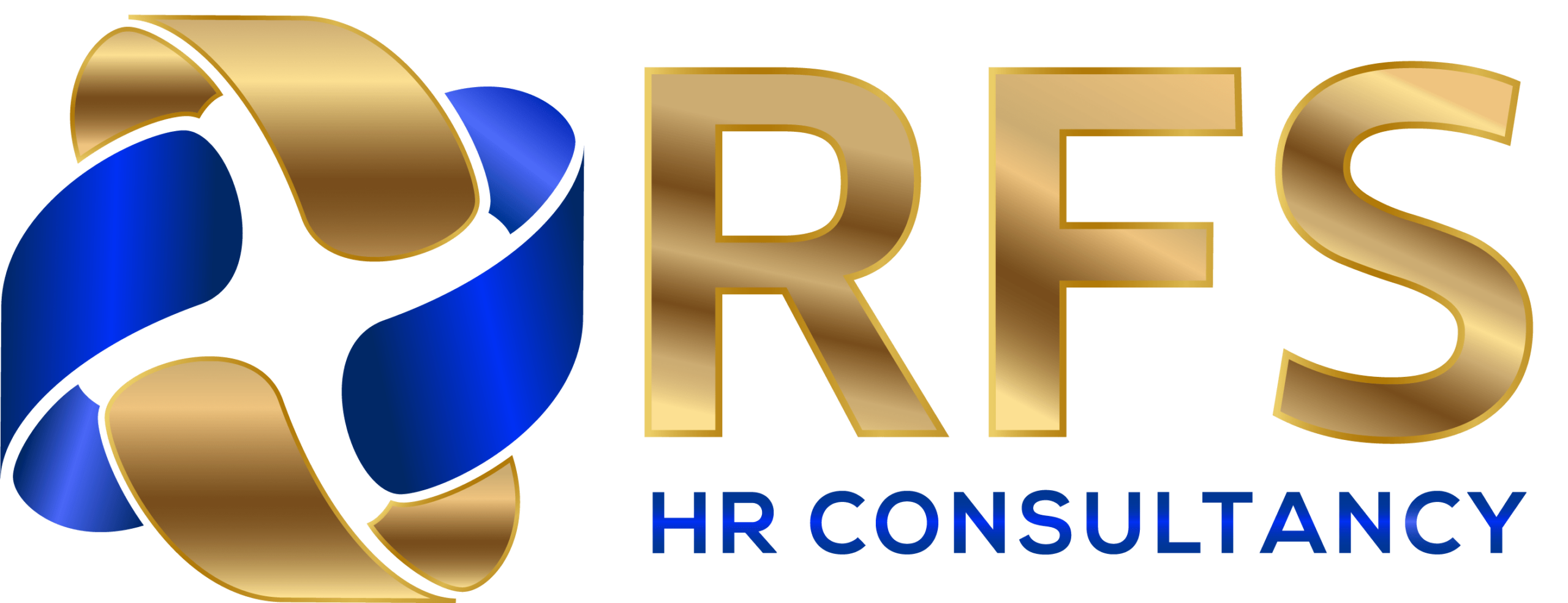Introduction
The digital revolution has brought significant business changes and resulted in a paradigm shift in talent acquisition models. Due to investments in digital transformation resulting from the global pandemic, businesses today are becoming increasingly borderless, distant, and digitally driven.
The field of recruitment is one of the most significant areas where technology has had a revolutionary effect. More modern, data-driven hiring procedures have replaced traditional, inefficient ones.
Background
The digital revolution began in the late 20th century and at the start of the 21st. The perspective of talent acquisition professionals changed during this transformative era. It compelled them to access a worldwide talent pool of specialized candidates instantly.
The geographical barriers were no more, and a successful recruitment system emerged that worked to match the best individuals with the best organizations from all over the world.
Technology is advancing at a higher pace in the twenty-first century, driven by Artificial Intelligence (AI). According to this paradigm, talent acquisition must change to keep up with the evolving dynamics of the digital age.
Let us look at the significant developments resulting from the paradigm shift in talent acquisition.
Enhanced Sourcing in Recruitment
Credit the digital transformation for completely changing the candidate sourcing process. Recruiters now have more options for talent acquisition. Developed software enables tailored searches based on required standard criteria, swiftly finding the most qualified applicants.
Similarly, organizations may reach a broader and more diverse talent pool by improving candidate sourcing through digital transformation. This makes finding great individuals who might have gone unnoticed through traditional approaches easier.
Furthermore, by providing interactive features, automated updates, and personalized communication, digital technologies help to increase applicant engagement. This improves the candidate experience in general and builds better partnerships.
Evaluation and Assessment of the Skills
With the rapid technological developments, skills-based hiring has shifted toward including portable and hybrid skills. Mobile talents include critical thinking, problem-solving, and communication, applicable to various fields and occupations.
There were limitations to using traditional resumes and interviews to evaluate a candidate’s talents and abilities. Practical evaluations and assessments of the skills in talent acquisition have increased significantly. It gives a more accurate picture of the candidate’s aptitude.
By integrating these assessments into the recruiting process, the recruiters can more accurately assess candidates’ talents and determine if they fit the position. This method offers a more objective evaluation of candidates’ skills and helps reduce the biases associated with traditional recruiting practices.
The Use of Data and Analytics
Data and analytics have changed the way of talent acquisition. Recruiters can optimize their hiring procedures for enhancement by using the insights gathered from analyzing applicant data to spot trends, ensure recruitment efficiency, and make risk-free hiring decisions.
By monitoring data like application sources, qualities of shortlisted prospects, and more, companies may pinpoint the most effective methods for attracting and hiring top talent.
Data and analytics have increased the efficiency of talent acquisition. Effective predictive analytics, using data to forecast future events, assists in hiring decisions. This systematic and targeted approach raises hiring rates and gives recruiters the resources to conduct a more productive hiring process.
Candidate Centric Approach
Finding a good fit is a two-way process. Employers and candidates engage during the recruitment process. Candidates frequently submit multiple applications and attend many interviews in a competitive job market. With so many companies fighting for their attention, candidates’ job search experiences are becoming more dynamic.
Companies highlight their business culture, values, and working style that set them apart. Developing a unified hiring procedure that spans online and offline touchpoints gives candidates a thorough understanding of your company’s goals. It gives you a competitive advantage when choosing top talent from the industry.
Conclusion
Acquiring the top talent is crucial for business success today. The blog provides insight into the role of technology in the paradigm shift of talent acquisition.
Technological developments have completely changed and enhanced the talent acquisition process. Digital transformation has transformed the recruitment landscape. Organizations that want to remain competitive and successfully recruit and retain top talent in the current job market must adopt these digital tools and tactics for talent acquisition.
Recruiters and employers need to integrate the evolutions into their hiring procedures as they work to create flexible and agile teams.
For more updates and information, visit our website




